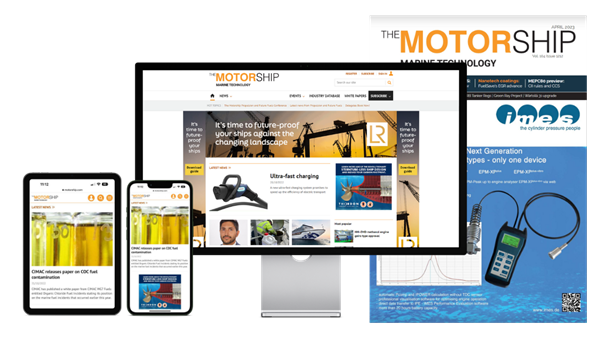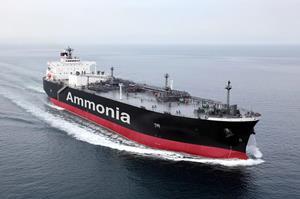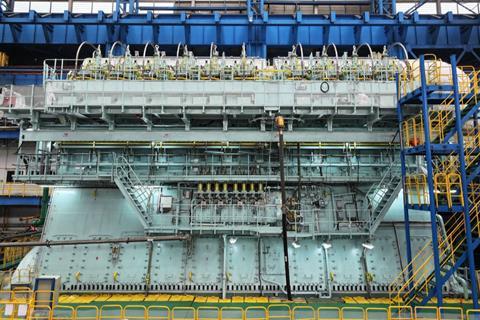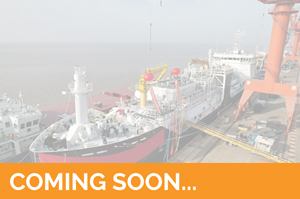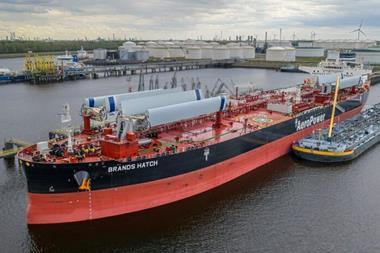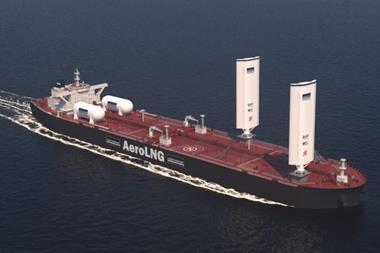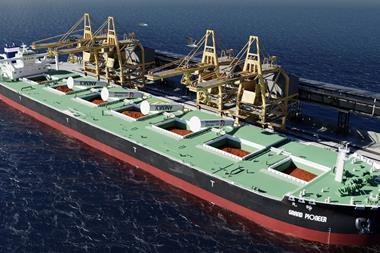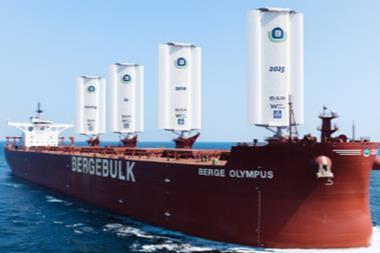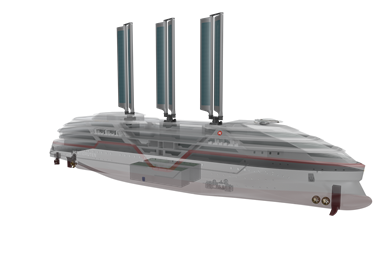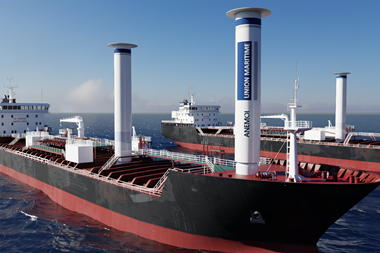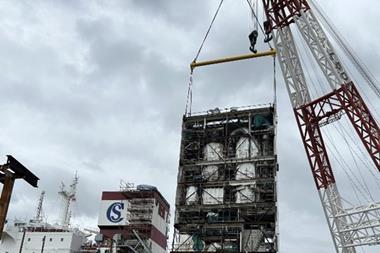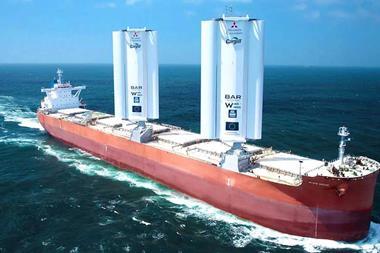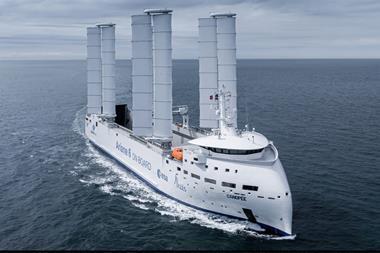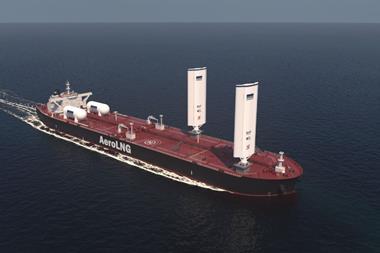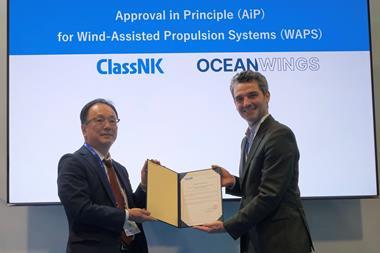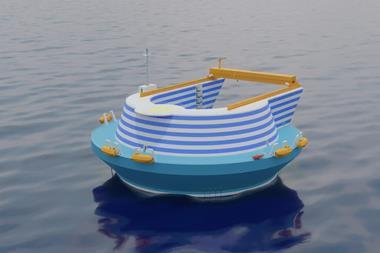Oceanbird, owned by Alfa Laval and Wallenius Lines, is set to commercially launch its wind propulsion system next year. We spoke to Magnus MackAldener, interim CEO of Oceanbird, about the project.
MackAldener prefers not to frame the wind propulsion sector in terms of rivalry. For him, collaboration is key at this stage. “We are trying to transform the shipping industry,” he says. “There will be enough customers for everyone in the first years.”
What shipowners ultimately buy, he argues, is not a particular type of device but performance. “They buy thrust, not wings or rotors,” he explains. Oceanbird therefore aims to remain technology-agnostic. While its first commercial product is a two-segment hard wing sail, MackAldener stresses that future designs may differ. “We want to be a wind solution provider for the long run.”
One of the company’s strongest selling points is durability. Unlike rotor sails or suction wings, which depend on constant mechanical movement, Oceanbird’s passive hard wings require only occasional trimming and then hold their position with minimal energy. MackAldener believes this translates into significantly less wear and tear. “We think our design can achieve very low maintenance needs over a 25-year lifetime,” he says.
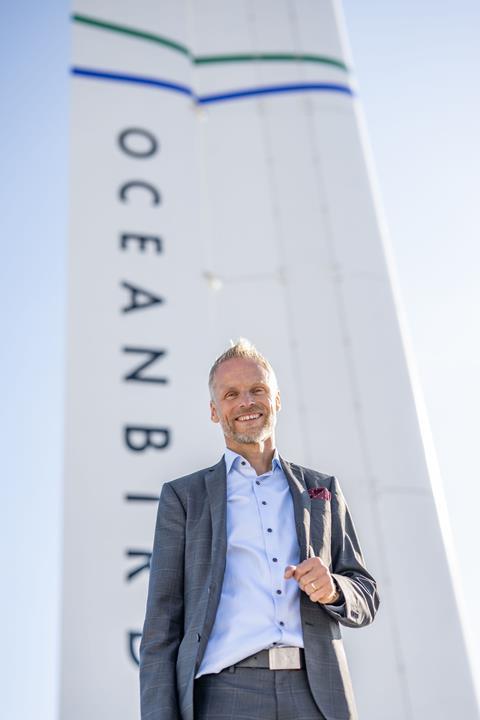
The principles behind the technology are rooted in aviation. Individual wings are controlled by their own systems, adjusting tilt and flap angle to match wind conditions. When several wings are deployed, they are coordinated to maximise thrust, while the vessel’s overall control system balances thrust and side force with rudder and engine inputs. Oceanbird does not intend to develop vessel control or route optimisation systems itself, preferring instead to integrate with existing providers. “The more systems we can connect to, the better,” says MackAldener. “If a shipowner is happy with their optimisation platform, we need to fit into that.”
Discussions with customers are now moving beyond the exploratory stage. The company is focusing first on a specific vessel segment, before targeting larger ships in other markets. MackAldener is convinced that adoption will soon be unavoidable. “I can’t see a shipowner ordering a newbuild in five years’ time without considering wind. It would make no financial sense,” he says.
He expects the next wave of progress to be less about aerodynamic breakthroughs and more about reliability, usability and crew acceptance. “In the beginning, crews may be cautious. But over time, wind systems will become a normal part of ship operations.”
On manufacturing, Oceanbird has chosen to start close to home. Initial production will be based in Landskrona, Sweden, to remain near the development process during the early stages. Once the design matures, production will expand to Asia to serve the newbuilding market. “Starting here and then scaling is the clear plan,” MackAldener confirms.
For him, the financial case for wind propulsion is only strengthening. As alternative fuels raise costs, the savings achieved by offsetting engine power will grow. “The return on investment is a no-brainer,” he says. “Market forces will take care of the rest.”
Join us at this year’s Propulsion and Future Fuels event in November held at Hamburg to learn more about this explosive maritime growth sector.

